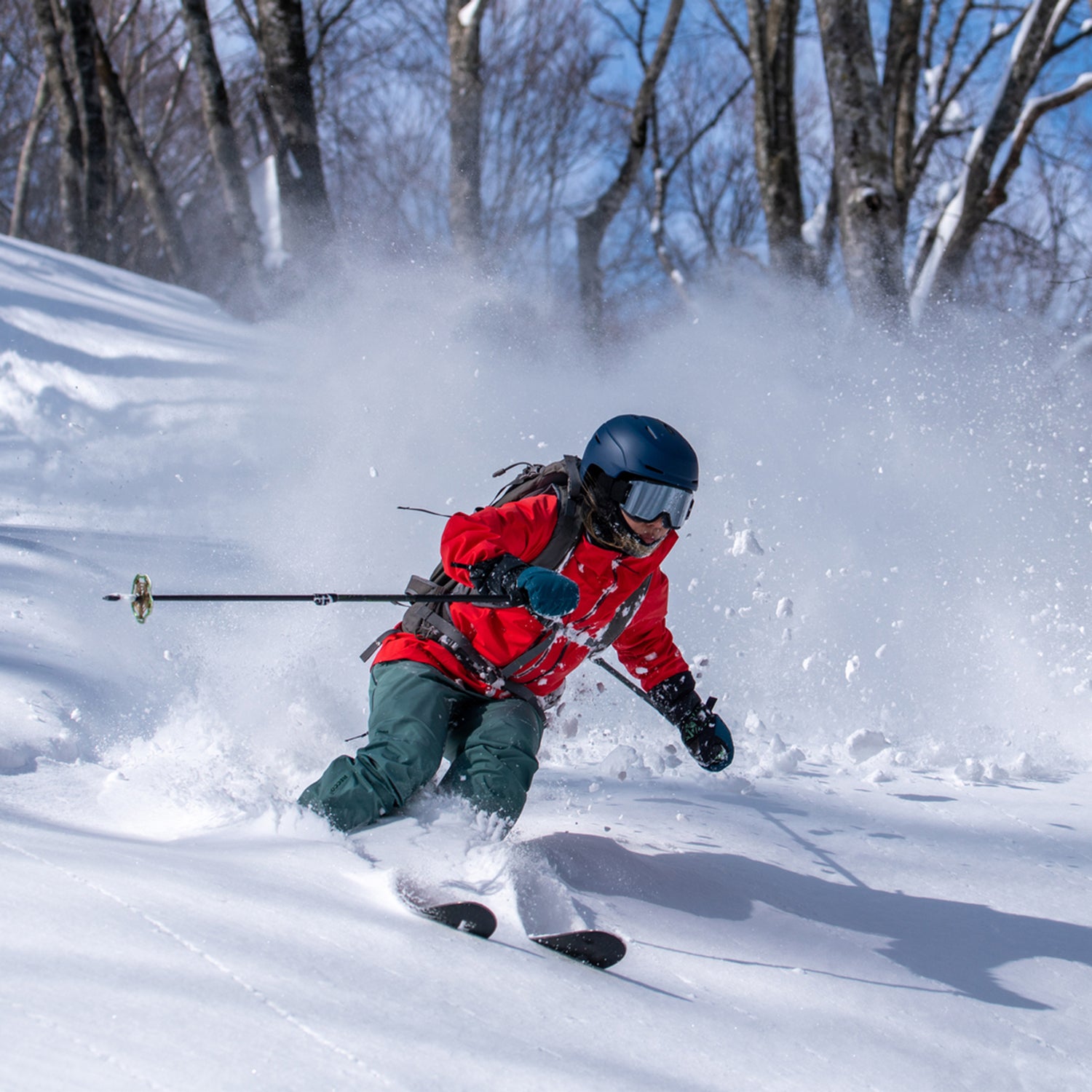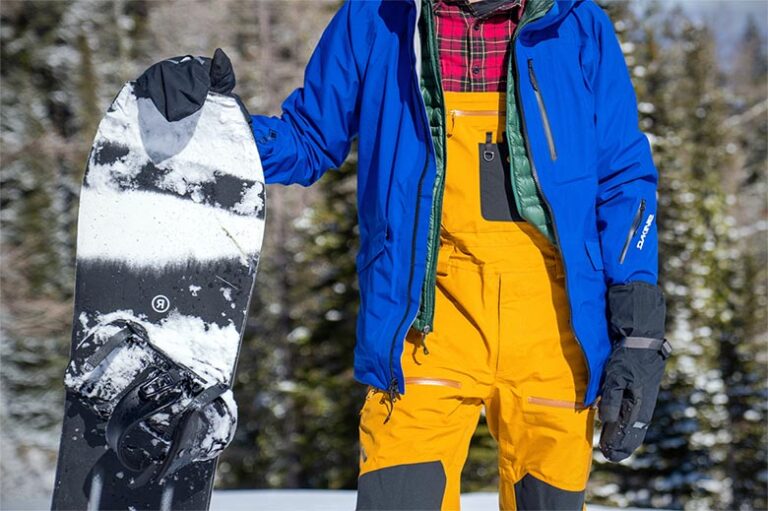What not to wear skiing: Avoid wearing cotton clothing as it does not retain heat and can make you cold. When skiing, it is important to dress in layers and choose moisture-wicking materials that will keep you warm and dry during your time on the slopes.
Skiing is an exhilarating winter sport that requires proper attire to ensure comfort and safety on the slopes. Choosing the right clothing is crucial in order to stay warm, dry, and protected from the elements. While there are numerous options available, it’s essential to know what not to wear when hitting the slopes.
We will discuss the clothing items that you should steer clear of for a successful skiing adventure. By avoiding these fashion mistakes and opting for suitable gear, you can fully enjoy your skiing experience without compromising your comfort or performance. So, let’s dive in and discover what items you should leave behind when it comes to dressing for skiing.

Credit: www.outsideonline.com
Stay Warm And Stylish On The Slopes
When skiing, it’s important to stay warm and stylish on the slopes. Layering is key to maintaining a comfortable body temperature. Choose materials that are moisture-wicking and insulating. Opt for a ski jacket and pants that are waterproof and breathable to keep you dry and comfortable. Don’t forget about accessories, such as a hat, gloves, and goggles, to protect your extremities from the cold. It’s important to find the right balance between warmth and mobility, so avoid bulky or restrictive clothing. Opt for lightweight and flexible options that allow for easy movement. Remember, staying warm doesn’t mean sacrificing style. Look for ski attire that reflects your personal fashion sense while still providing the necessary functionality.
Dressing For Comfort And Functionality
When it comes to dressing for comfort and functionality while skiing, there are a few key things to keep in mind. First and foremost, it’s important to avoid uncomfortable fabrics that can irritate your skin and hinder your movement on the slopes. Opt for clothing made from breathable and moisture-wicking materials that will keep you warm and dry throughout the day. Proper fitting ski boots are also crucial for comfort and control, so make sure you invest in a pair that provides the right fit and support for your feet. Lastly, consider helmet integration when choosing your ski gear. Many helmets now come with built-in features such as adjustable vents and audio compatibility, making them both functional and convenient. By following these tips, you can ensure that your skiing experience is enjoyable and hassle-free.
Fashion Mistakes To Avoid On The Slopes
When preparing for a day of skiing, it’s important to choose the right clothing that not only keeps you warm but also allows for ease of movement. **Avoid overly bulky or oversized clothing** as it can hinder your mobility and make it difficult to navigate the slopes. Instead, opt for **well-fitted, insulated layers** that trap heat and provide comfort.
Another mistake to avoid is wearing jeans or cotton materials. These fabrics absorb moisture, leaving you feeling damp and cold throughout the day. Instead, choose **moisture-wicking and water-resistant materials** that keep you dry and comfortable.
Additionally, inappropriate footwear choices can affect your skiing experience. **Avoid sneakers or lightweight shoes** that provide inadequate support and traction. Opt for **proper ski boots** that fit well and offer stability and control.
Finally, neglecting to wear appropriate safety gear is a fashion mistake you should never make. **Always wear a helmet**, goggles, and protective padding to ensure your safety on the slopes.
Frequently Asked Questions For What Not To Wear Skiing
What Is Appropriate Ski Wear?
Appropriate ski wear includes insulated jacket, waterproof pants, thermal layers, gloves, hat, goggles, and boots. It is important to stay warm, dry, and protected from the cold weather elements on the slopes. Choose gear that fits well and provides freedom of movement for skiing or snowboarding.
What Do You Wear In The Snow When Not Skiing?
To stay warm in the snow when not skiing, wear layers including a thermal base, warm sweater or fleece, waterproof jacket, insulated pants or thermal leggings, thick socks, waterproof boots, a hat, gloves, and a scarf. Don’t forget to also protect your eyes with sunglasses or goggles!
Are Jeans Ok For Skiing?
Yes, jeans are not recommended for skiing as they do not provide sufficient insulation, flexibility, or water resistance. It is better to wear ski-specific pants that are designed for the sport to ensure maximum comfort and protection on the slopes.
What Not To Do When Skiing?
To ski safely, avoid these common mistakes: not wearing appropriate gear, skiing beyond your skill level, ignoring weather conditions and avalanche warnings, not taking breaks to rest and hydrate, and not being aware of your surroundings. Stay safe on the slopes!
Conclusion
To ensure an enjoyable skiing experience, it is crucial to remember what not to wear on the slopes. By following the suggestions provided in this blog post, you can avoid common mistakes and dress appropriately for your ski trip. By opting for practical and functional clothing, layering effectively, investing in proper gear, and avoiding ill-fitting attire, you will be well-equipped to conquer the slopes comfortably and safely.
So, remember these tips and hit the slopes with confidence!




